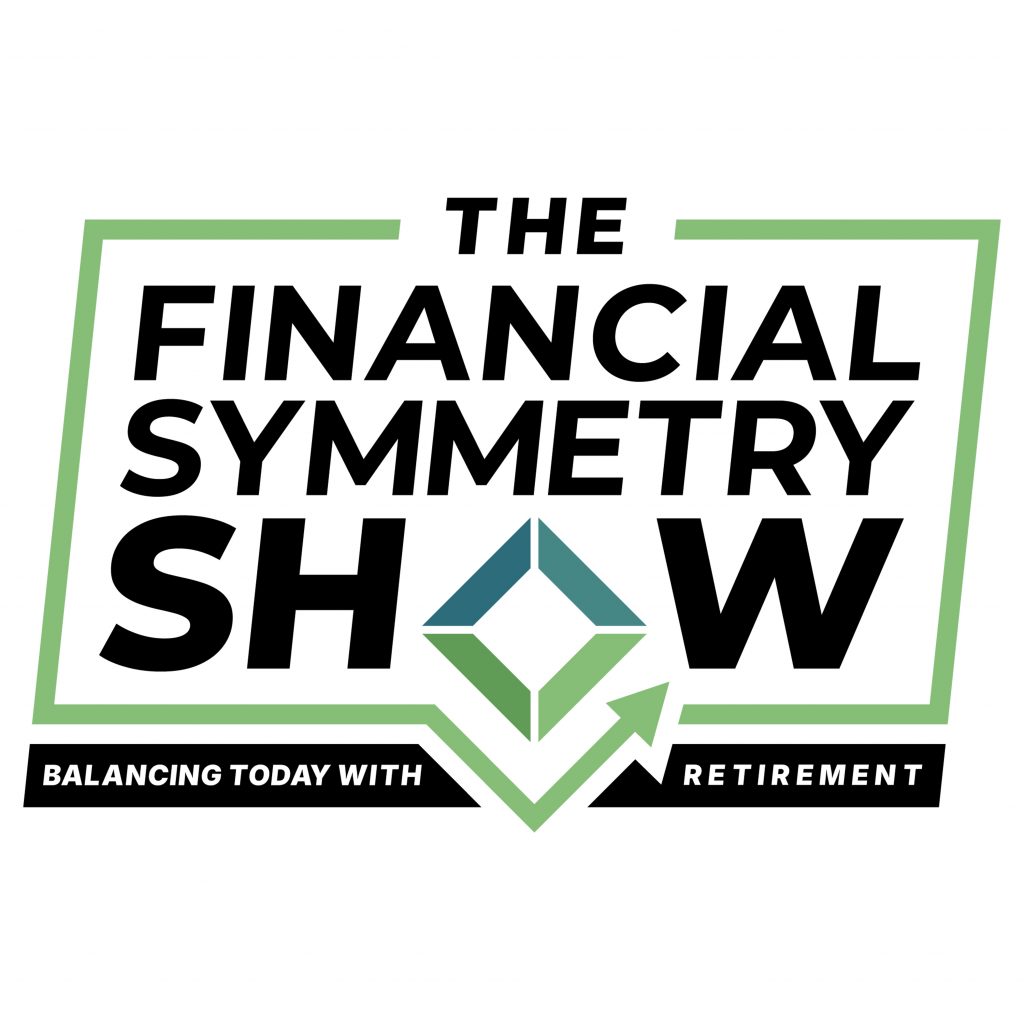The IRS and State Departments of Revenue prefer to have taxes paid as taxpayers earn or realize income instead of the total amount due being paid when taxpayers file their tax returns each spring.
As such, they may charge interest on the underpayment of taxes during the year. Fortunately, most taxpayers have tax withholding that occurs through their employer’s payroll that keeps them on track during the year.
But what about those who don’t have tax being withheld on their pay or have material income aside from their job? The three most common situations we see are:
- Self-employed or contract workers,
- Stock compensation or bonus income for W2 employees that does not have enough tax withheld,
- Sizable portfolio income in the form of realized capital gains, capital gain distributions, dividends, and interest.
If you find yourself in a situation where you do have income that tax is not being withheld or believe not enough tax is being withheld, it is prudent to evaluate whether you should be making estimated tax payments during the year.
How Often Should I Be Making Estimated Tax Payments?
The IRS divides the year into four payment periods, each with its own payment due date.
- 1st Quarter: January 1st – March 31st – Payment Due Date: April 15th
- 2nd Quarter: April 1st – May 31st – Payment Due Date: June 15th
- 3rd Quarter: June 1st – August 31st – Payment Due Date: September 15th
- 4th Quarter: September 1st – December 31st – Payment Due Date: January 15 of the following year
These payments can be made online through the IRS and/or State Department of Revenue websites. Your personal tax situation will have an impact on how often estimated tax payments may be needed and should be reevaluated periodically.
How Much Should I Be Paying?
Interest charged on the under-withholding of tax can be avoided so long as the lesser of 100% (or 110% if your prior year Adjusted Gross Income was above $150,000) of your prior year total tax or 90% of your current year total tax is paid by the quarterly deadlines outlined above. The IRS refers to this as the ‘Safe-Harbor’.
For your prior year amount, you can reference the ‘Total Tax’ line on the Form 1040 of your prior year tax return. Current year total tax will require more in-depth tax planning to calculate how much tax you should anticipate owing based on your level of income.
As an example, consider a taxpayer who is self-employed and does not have any tax being withheld on their income. Their total tax last year was $10,000, and they project their total tax this year to be $15,000.
To determine how much tax they need to pay to meet the ‘Safe-Harbor’, they would first multiply their prior year total tax by 100% (or 110% if AGI was above $150k). In this example, that would be $10,000 (or $11,000 if AGI was above $150k). Next, they would multiply their anticipated current year total tax by 90%. This would be $13,500. The lesser of these two calculations is $10,000 (or $11,000 if AGI was above $150k). They would then divide this amount by four to determine their quarterly estimated tax payment.
This is the amount they would need to pay by the payment due dates outlined above to avoid interest. If payments made during the year do not meet this amount, interest will be charged on the difference between the amount paid and the ‘Safe Harbor’ amount.
What Is the Interest Rate Charged?
The IRS sets and publishes interest rates to be charged on a quarterly basis. These are available on their website: https://www.irs.gov/payments/quarterly-interest-rates. Note that these are subject to change over time.
What Happens if I Don’t Make Estimated Payments?
Some taxpayers do choose to forego estimated tax payments and pay the full amount due when filing their tax return. While the IRS and State Departments of Revenue will charge interest on the under-withholding, there are no additional penalties that will apply so long as the full amount due is paid by the filing deadline, which is typically on or around April 15th.
This is often due to cash flow issues, such as when the funds are needed to cover other costs or there are opportunities to earn a rate of return higher than the interest rate being charged on the under-withholding. Being conscious of the interest cost that may be imposed is an important first step in determining whether making estimated tax payments during the year is warranted.
Foregoing estimated tax payments does require discipline, however, as a larger one-time tax bill will be coming due and should be saved for.
Have you started your current year tax plan to determine if your withholding is on track?


